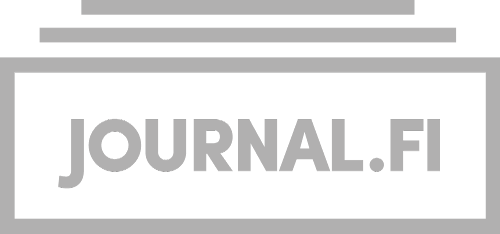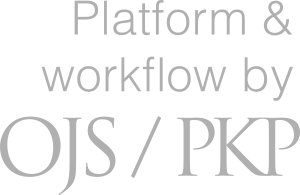Journal bearing status identification with acoustic emission measurements and data clustering
DOI:
https://doi.org/10.30678/fjt.161952Keywords:
Journal bearing, lubrication regime, acoustic emission, machine learning, mean-shift clusteringAbstract
The laboratory scale journal bearing lubrication regimes were analysed with wide band acoustic emission (AE) measurements. Data analysis was supported by data-based clustering of AE data. The approach can be effectively used to reveal fundamental lubrication modes, i.e., hydrodynamic (HL), mixed (ML) and boundary (BL) lubrication as a function of Hersey number. Besides AE the other parameters monitored were friction torque, bearing temperature, loading, sliding velocity and oil pressure. The materials used in the experiments were case-hardened 18CrNiMo7-6 steel and nitrided 42CrMo7 steel. The tests were lubricated with synthetic extreme-pressure gear oil (SGN 320) and the bearing temperature was kept constant during the tests. The bearing pressure and sliding velocity during tests were varied in the wide range resulting in different lubrication situations. The acoustic emission signals power and frequency content was analysed, and essential features were extracted for data clustering. For lubrication regime change identification the parameters such as signal RMS and coefficient of variation (CV) proved to be important, while signal kurtosis showed to be the most sensitive in discovering anomalies. The sensitivity requires data filtering to remove erroneous peaks. It is also interesting to notice the changes in AE frequency due to different lubrication situation. In literature different clustering and classification methods has been proposed and applied for journal bearing status identification. Here the selected unsupervised clustering method was the mean-shift clustering due to fact, that the lubrication regimes in the Stribeck curve form an inseparable continuum. The algorithm does not require specifying the number of clusters in advance, i.e., the clusters are determined by the algorithm with respect to the data.
Downloads
Published
Issue
Section
License
Copyright (c) 2025 J Tervo , J Junttila , H Ronkainen

This work is licensed under a Creative Commons Attribution 4.0 International License.





